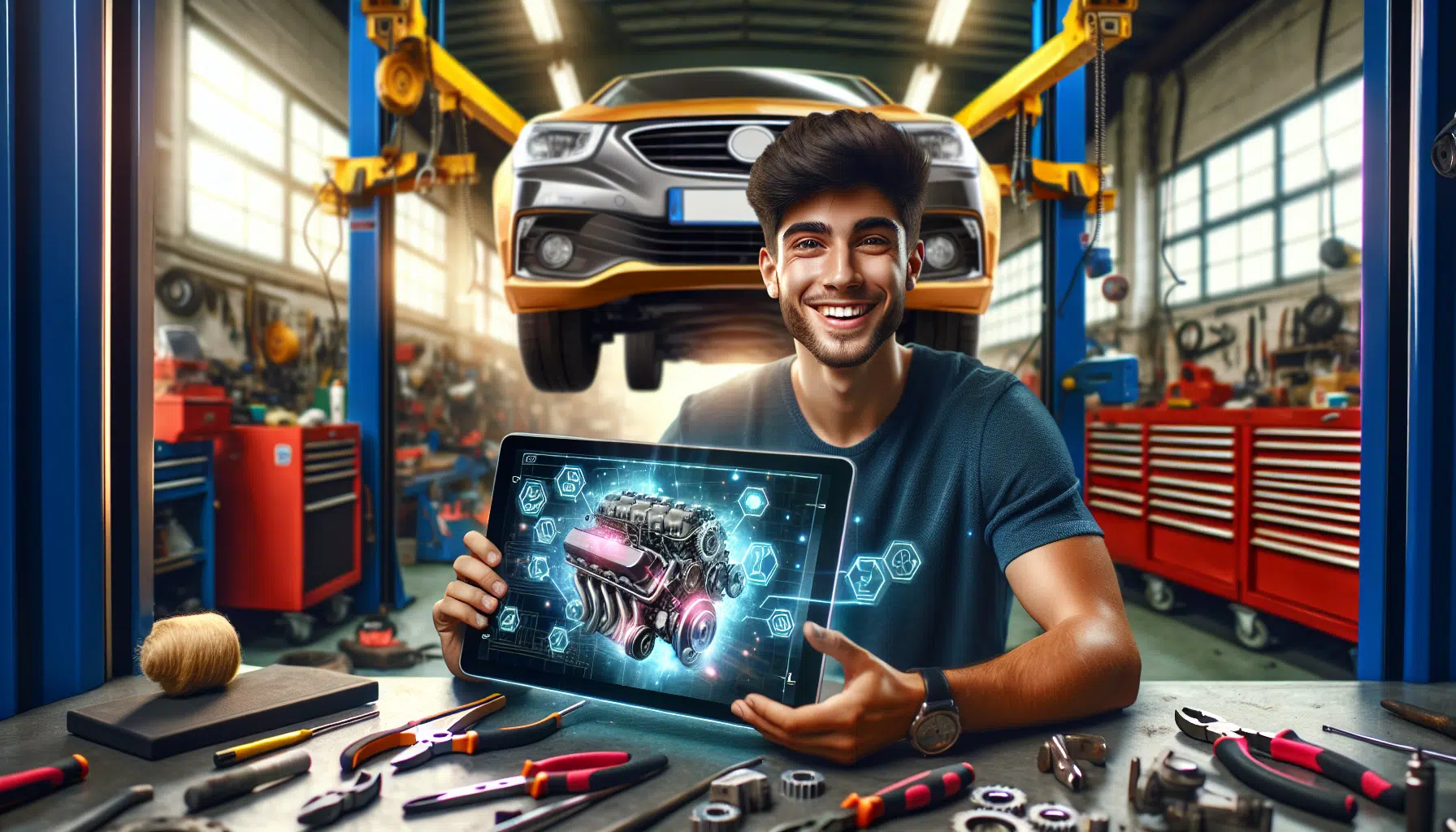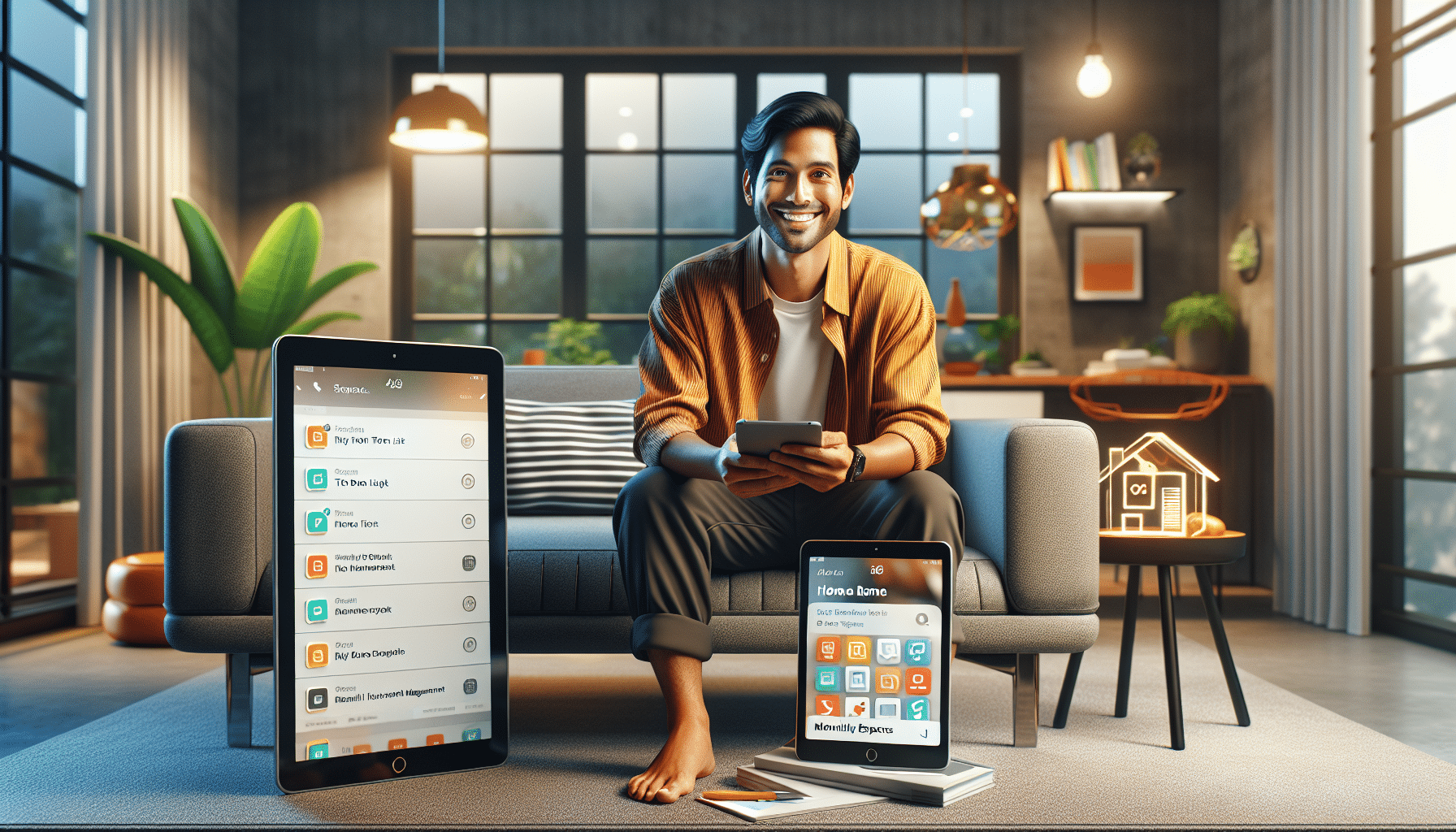Advertisements
Exploring the world of automotive mechanics can be a fascinating and rewarding adventure, especially when done in a fun and interactive way. Have fun and learn about automotive mechanics.
Today, technology has revolutionized the way we learn new skills, and automotive mechanics is no exception. There are apps specifically designed to transform technical learning into an entertaining and accessible experience for everyone.
Advertisements
In this content, we'll feature two exceptional apps that are changing the way people learn about automotive mechanics.
These apps combine theory and practice in a fun way, allowing users to acquire technical knowledge while having fun. From basic engine understanding to complex problem-solving, these tools offer a comprehensive and practical approach.
Advertisements
Additionally, the unique features of each app will be highlighted, from interactive tutorials to realistic simulations, facilitating self-directed learning and motivating continued exploration.
See also
- Avoid unpleasant destinations on your vacation
- Reveal your baby's gender!
- Training Apps: Precision Within Reach!
- Formula 1 in your hands!
- Love Calculators: Your Perfect Match
With these apps, both beginners and advanced hobbyists can improve their skills and confidence in vehicle repair and maintenance.
Finally, we'll discuss how these apps can be an excellent investment not only for personal growth but also as an opportunity for those seeking a career in the automotive industry. With access to high-quality educational resources, learning automotive mechanics has never been so accessible and exciting. 🌟🚗
Discover the Power of Interactive Apps in Automotive Mechanics
Automotive mechanics can seem like a complicated field, filled with technical terms and difficult-to-understand concepts. However, with the help of modern technology, learning about this fascinating subject can be a fun and hands-on experience. Two interactive apps stand out for their ability to transform learning automotive mechanics into something accessible and entertaining.
App 1: Augmented Reality for Diagnosis and Repair
Introduction to Augmented Reality
Augmented reality (AR) is a technology that superimposes digital information onto the real world. In the context of automotive mechanics, this technology can be a powerful tool for students and professionals alike. With an AR app, it's possible to visualize internal engine components, transmission systems, and other crucial vehicle elements without having to physically disassemble the vehicle.
Features of the Augmented Reality App
One of the most prominent apps in this field is "Mechanic AR." This app allows users to scan a vehicle with their smartphone camera and get a detailed view of its internal components. Key features include:
- 3D Visualization: Allows you to rotate and examine individual parts in three dimensions.
- Step-by-step instructions: Provides detailed guides for the repair and maintenance of different car parts.
- Interactive simulations: It allows you to practice repair procedures in a virtual environment before performing them in real life.
Educational Benefits of Augmented Reality
The use of augmented reality in automotive education has several benefits. Among them:
- Visual learning: The ability to view and manipulate components in 3D helps students better understand the structure and operation of automotive systems.
- Safe practice: Students can practice repairs without the risk of damaging a real vehicle, which is especially helpful for beginners.
- Accessibility: No expensive tools or spare parts are needed for learning, just an AR-enabled device.
App 2: Automotive Workshop Simulator
Introduction to the Workshop Simulator
Simulators are another invaluable tool for learning automotive mechanics. These apps allow users to experiment with vehicle repair and maintenance in a controlled virtual environment. One of the most recommended apps in this category is "AutoShop Sim."
Features of the Workshop Simulator
AutoShop Sim offers a complete workshop experience, allowing users to perform diagnostics, repairs, and maintenance on a variety of vehicles. Key features include:
- Variety of vehicles: From compact cars to heavy-duty trucks, the app offers a wide range of models to practice on.
- Virtual tools: A complete collection of workshop tools that can be used for different repair tasks.
- Diagnostic scenarios: Real-life automotive problem situations requiring accurate diagnoses and appropriate solutions.
Advantages of Learning with Simulators
Using simulators has several advantages that can enrich the learning experience:
- Practical experience: Users can gain hands-on experience troubleshooting and repairing vehicles without the need for a real car.
- Instant feedback: The app provides immediate feedback on the user's actions, helping to correct errors and improve skills.
- Flexibility: Students can learn at their own pace and anywhere, without the restrictions of a physical workshop.
Combining Technology for Comprehensive Learning
Integration of Augmented Reality and Simulators
Combining an augmented reality app with a workshop simulator can provide a more comprehensive and effective learning experience. While AR allows for a detailed, visual understanding of components and systems, the simulator offers a platform for applying this knowledge in practical situations.
Example Study Plan
An effective study plan might include:
- Theory with RA: Using the AR app to study the theory and structure of automotive systems.
- Practice in the Simulator: Apply theoretical knowledge in the simulator, performing virtual diagnostics and repairs.
- Reviews: In-app tests and exercises to assess student understanding and skills.
Case Study: A Day in Automotive Learning
Let's imagine a typical day in automotive learning using these technologies:
- 8:00 AM: Start the day with an augmented reality session, exploring a car's engine and transmission system.
- 10:00 AM: Move on to the workshop simulator to practice diagnosing an ignition problem.
- 12:00 PM: Lunch and break.
- 1:00 PM: Continue in the simulator, performing a virtual repair of the brake system.
- 3:00 PM: Evaluation and feedback session to review the day's progress.
Conclusion
In short, the interactive apps “Mechanic AR” and “AutoShop Sim” represent a significant shift in the way we learn automotive mechanics. These technological tools not only make learning more accessible and practical, but also make it a fun and immersive experience. On the one hand, the augmented reality of “Mechanic AR” allows students to visualize and manipulate vehicle components in 3D, facilitating a deeper understanding of automotive systems. On the other hand, the workshop simulator “AutoShop Sim” offers a safe virtual environment where users can practice diagnostics and repairs without the risk of damaging a real car.
Furthermore, the combination of these two apps provides a holistic learning approach, allowing students to study theory and apply knowledge in practical scenarios. By using both apps, students not only improve their technical skills but also develop greater confidence in handling real-life situations in the automotive world. 🌟
Ultimately, augmented reality and simulator technologies are revolutionizing automotive education, making learning more accessible, safer, and more entertaining. So, if you're interested in the world of automotive mechanics, don't hesitate to try these two incredible apps and take your knowledge to the next level. 🚗💡

Download here:
- Mechanic AR:
- AutoShop Sim:






